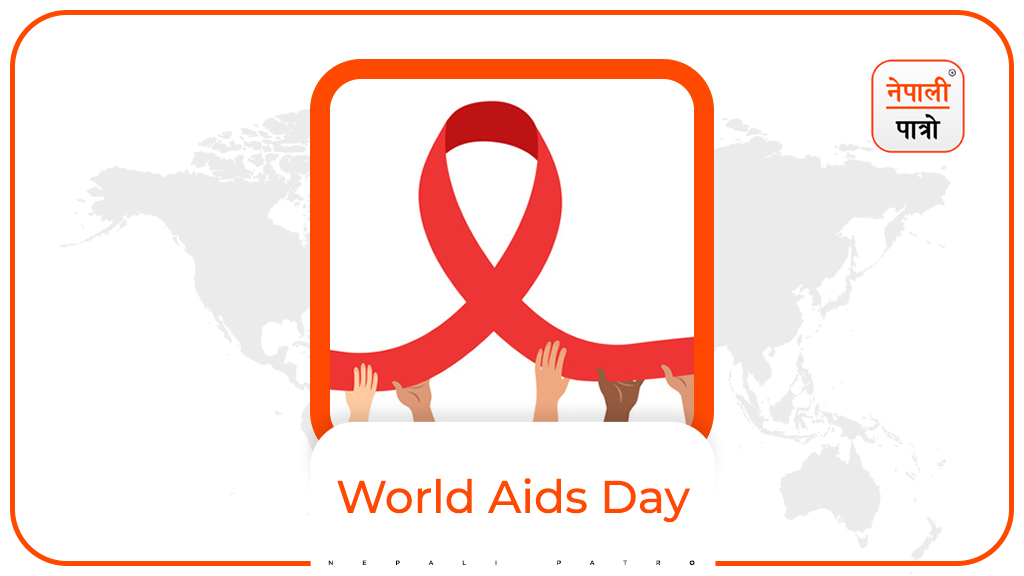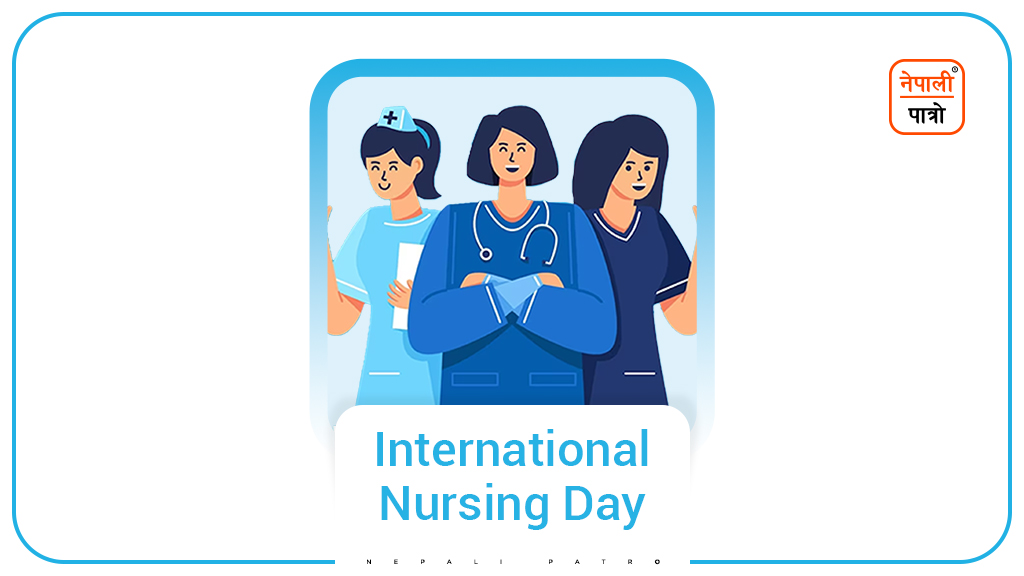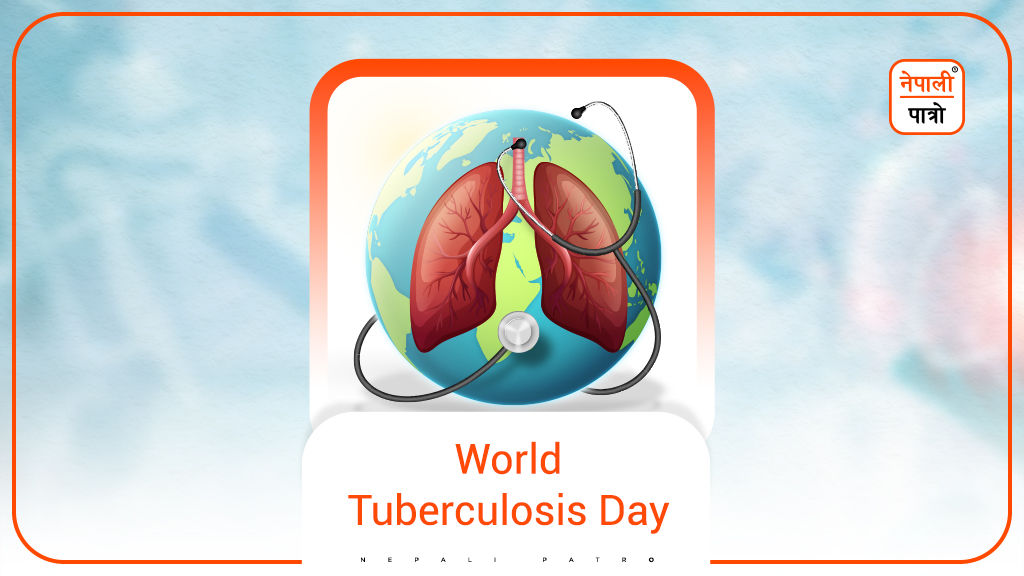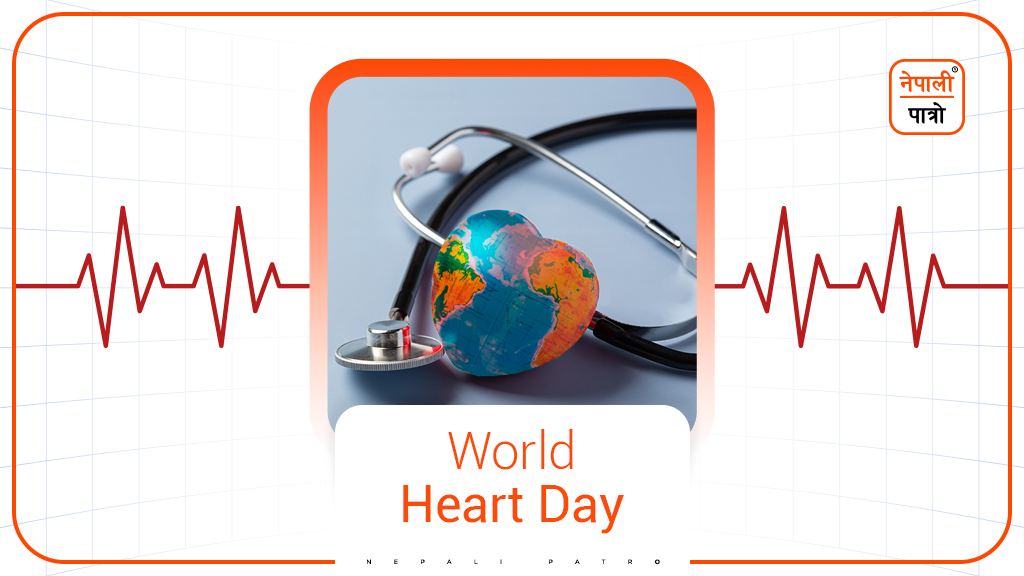
World Aids Day
World Aids Day
World Aids Day is celebrated by people around the world on December 1. Additionally, WHO (World Health Organization), to commemorate World Aids Day has a new theme every year. World Aids Day is a convenience for the community to unite in the fight against HIV/AIDS. Similarly, it is a global health day aimed at showing support for those who have been diagnosed with this and remembering those who have been lost to it.
World Aids Day| History
The first visualization of World Aids Day was done by James W. Bunn and Thomas Netter, in August 1987 in Geneva Switzerland. Dr. Jonathan Mann, Director of the Global Program on AIDS, was presented with Bunn and Netter’s concept (now known as UNAIDS). Furthermore, Mann approved of the idea and agreed with the suggestion that the inaugural World AIDS Day should be observed on December 1, 1988.
Moreover, after two years in 1996, Joint United Nations Program on HIV/AIDS (UNAIDS) became operational. Then it took the authority of promotion and planning for World AIDS day.
World Aids Day| Activities
The dissemination of knowledge is one of the main objectives of World AIDS Day activities. For World AIDS Day, each nation designs and executes its own schedule, and some nations start week-long programs.
Similarly, numerous nations and cities host ceremonies to kick off World AIDS Day events on a global, national, and local scale. In addition to this, World AIDS Day provides a platform for people to come together to combat HIV. Without a doubt, It is to support those who are living with HIV and remember those who have passed away from an AIDS-related illness.
Additionally, it is set aside as a day to connect innovative and successful HIV/AIDS-related programs and policies across several industries. Apart from this, organizations affiliated with the UN, federal agencies, and international society band together to promote campaigns centered on particular HIV-related issues every year. Besides, A typical World Aids day, includes rallies, memorials of people who have died from HIV/AIDS, panel discussions, and debates.
Is HIV/AIDS a Taboo?
The focus of World AIDS Day in its first two years was on children and young people. While some at the time questioned the decision to use this subject for ignoring the possibility that people of all ages could contract HIV, the theme still helped reduce some of the stigma associated with the condition and increase awareness of the issue as a family disease.
But this just HELPED and still, the stigma of HIV/AIDS is not fully eliminated.
In one survey done in Egypt, secondary school students revealed that 70% of them wouldn’t sit next to someone who was HIV positive. HIV/AIDS has a long history of stigma linked to it, much of which results from ignorance of the illness’s causes and symptoms. This type of false information, which is still widely spread in society today, has caused AIDS sufferers to face social and cultural discrimination.
“I didn’t know much about the illness at first, or how to manage it,” said Souad, an HIV/AIDS patient. “I was reluctant to touch my loved ones for fear of spreading infection. At first, I had to keep it a secret because I was scared of how they would react. I have seen people being isolated due to this. Some have committed suicide too. I didn’t want to be one.”
The fear and prejudice are deep-rooted. The discrimination and social differences they face drastically restrict the chances of AIDS patients. Not only that, but Those patients also have trouble finding work, which causes them to enter a financial crisis. But also, They experience public hostility, which causes them to become and live a socially isolated lifestyle.
What can you do on your part?
Do you care about the issue but don’t have time to plan an event or go for one? Here are some things you can do on your part in support of this day.
- Wear a red ribbon to demonstrate your support. With some red ribbon and a safety pin, they are easily made. Do you have an extra ribbon? Create some for your friends too.
- Similarly, If you are a student, you can make a sizable poster with a red ribbon, and collect the signatures of the students.
- If you have time, participate in rallies, and help in the circulation of petitions for policymakers to make them play a better role to stop the spread of HIV/AIDS.
- Likewise, Light candles for those who have lost their lives battling HIV/AIDS.
- Reach out to people suffering from HIV/AIDS (if you can) and talk with them.
What if I am tested positive?
It’s critical to keep in mind that receiving a positive HIV test does not guarantee death. You are still capable of living a long, healthy life. You get access to many HIV/AIDS benefit programs. Likewise, You have access to cost-effective care that is clinically sound and tailored to your specific requirements. You will also always be assured of total secrecy. You don’t need to worry and hide it like some unfortunate bad luck or similar.
HIV/AIDS Situation in Nepal
Nepal is home to nearly, more than 55,000 people suffering from HIV/AIDS. Here, people who inject drugs, female sex workers, and seasonal labor migrants are the key demographics at higher risk for HIV. Moreover, Nepal has a high rate of female sex workers who migrate or are trafficked to Mumbai. This has directly increased the HIV prevalence in Nepal. But, controlling this is difficult because of Nepal’s poverty, political unrest, gender inequality, poor levels of education, and as well as the stigma, discrimination, and denial associated with HIV and AIDS.
Despite this challenge, to reduce these problems, the efforts that began in 1993 by USAID have still extensively contributed to the Government of Nepal’s plan and policies. These efforts have led to the creation of programs specifically adapted to the epidemic for HIV-positive individuals and their families. The initiatives of USAID have increased Nepal’s access to services for HIV-related prevention, care, support, and treatment as well as the management of sexually transmitted illnesses.
What does the Slogan of World Aids Day 2022 Equalize mean?
“Equalize” is a call to action. It is a call to action for all of us to pursue the tried-and-true methods required to redress disparities and aid in the eradication of AIDS. These consist to:
- Make sure communities and the Global South and North share technology to provide fair access to the greatest HIV science.
- The “Equalize” statement can be used and modified by communities to draw attention to the specific inequities they face and to demand the measures required to rectify them.
- Ensure that everyone is well-served, and increase the availability, quality, and acceptability of services for HIV treatment, testing, and prevention.
- Combat the stigma and exclusion faced by people living with HIV and by important and marginalized populations, reform laws, policies, and practices. This will ensure that everyone is respected and welcomed.
In The End
We cannot forget the fact that the 2030 target to eradicate AIDS as a danger to world health is only eight years away. Inequality is the root cause of AIDS. That’s why, inequalities in economic, social, cultural, and legal spheres must be urgently addressed. In fact, AIDS cannot be eradicated unless the imbalances that fuel it are pointed out. Global leaders must lead with courage and accountability. And, whoever we are, wherever we are, to whatever caste we belong to we must do what we can do. We must say ” WE CAN STOP AIDS“.


